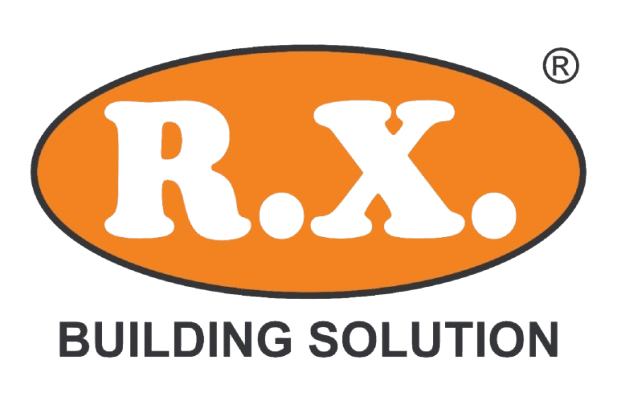Gully gratings play a crucial role in drainage systems by preventing debris from clogging pipes while allowing efficient water flow. Traditionally, materials like cast iron and steel have been used for these gratings, but Fiber Reinforced Plastic (FRP) is emerging as a superior alternative due to its impressive strength-to-weight ratio.
- Understanding the Strength-to-Weight Ratio FRP gratings exhibit an exceptional ratio, offering high tensile strength while being significantly lighter than traditional materials. This makes them easier to handle and install without compromising durability.
- High Strength with Lightweight Construction
FRP vs. Cast Iron & Steel: While cast iron and steel gratings are strong, they are also extremely heavy, making transportation and installation challenging. FRP gratings, on the other hand, are lightweight yet provide comparable or even superior strength.
Load-Bearing Capacity: Engineered for high performance, FRP gratings can withstand heavy loads without deformation, making them ideal for industrial, commercial, and municipal drainage systems.
- Corrosion Resistance for Longevity
Unlike metal gratings, FRP is resistant to rust and chemical corrosion, making it a perfect choice for:
Coastal and Marine Environments: Where exposure to saltwater can rapidly degrade metal components.
Industrial Areas: Where exposure to harsh chemicals can shorten the lifespan of traditional materials.
Public Infrastructure: Where long-term durability reduces maintenance and replacement costs.
- Ease of Handling and Installation
FRP gratings offer a major advantage in terms of installation and maintenance:
Reduced Labor Costs: Their lightweight nature minimizes the need for heavy machinery during installation.
Enhanced Safety: Easier handling reduces workplace injuries associated with lifting heavy metal gratings.
Customizable Designs: FRP gratings can be molded into various shapes and sizes to fit specific project requirements.
- Non-Conductive and Slip-Resistant Properties
In addition to its structural advantages, FRP provides:
Electrical Safety: Unlike metal gratings, FRP is non-conductive, making it ideal for electrical and telecommunications infrastructure.
Improved Safety: Many FRP gratings come with anti-slip surfaces, reducing the risk of accidents in wet or high-traffic areas.
Conclusion
FRP gully grating offer a superior strength-to-weight ratio compared to traditional materials like cast iron and steel. Their lightweight design, high durability, corrosion resistance, and ease of installation make them an excellent choice for modern drainage systems. By choosing FRP, industries and municipalities can enhance safety, reduce costs, and improve the longevity of their infrastructure.
